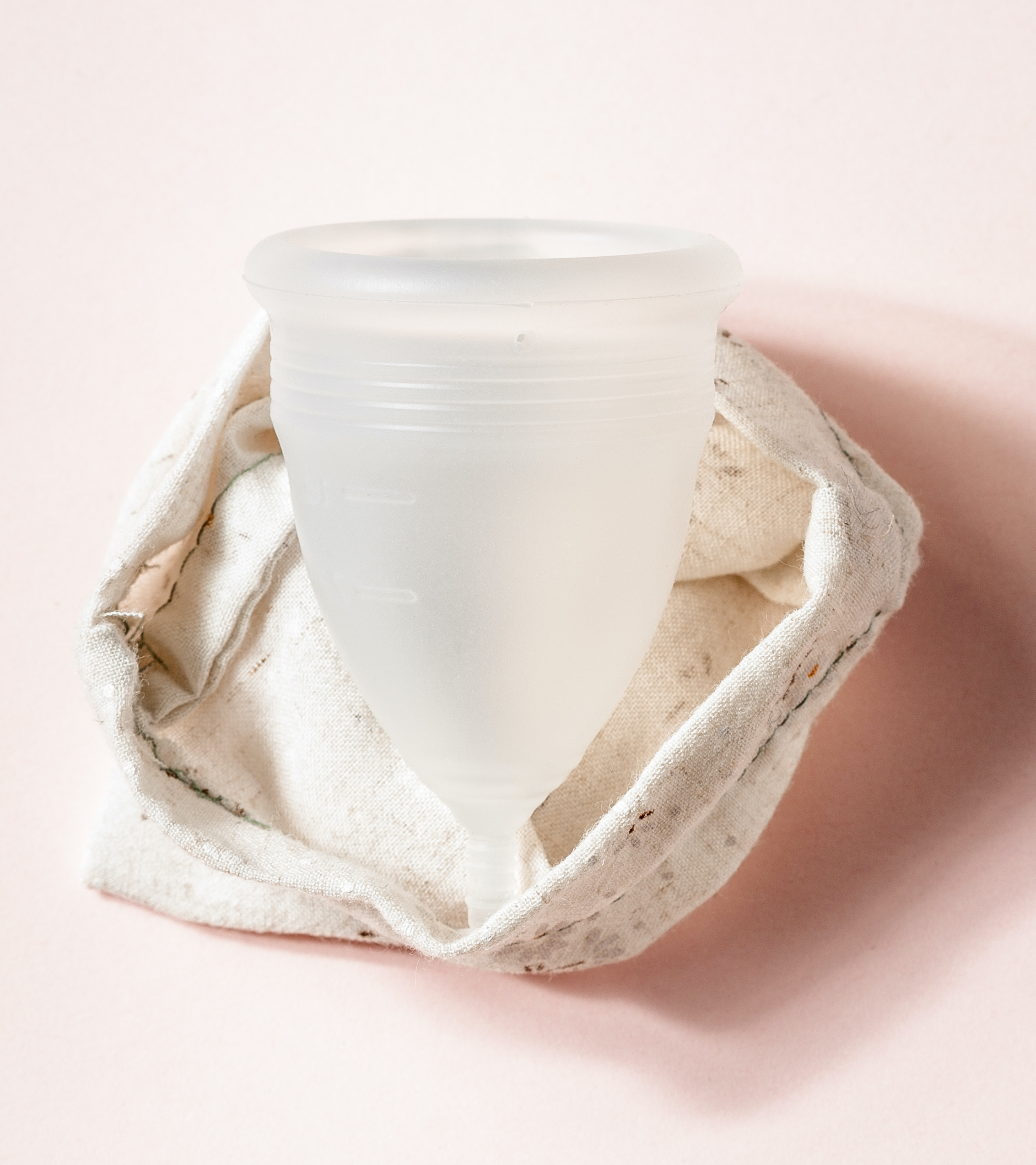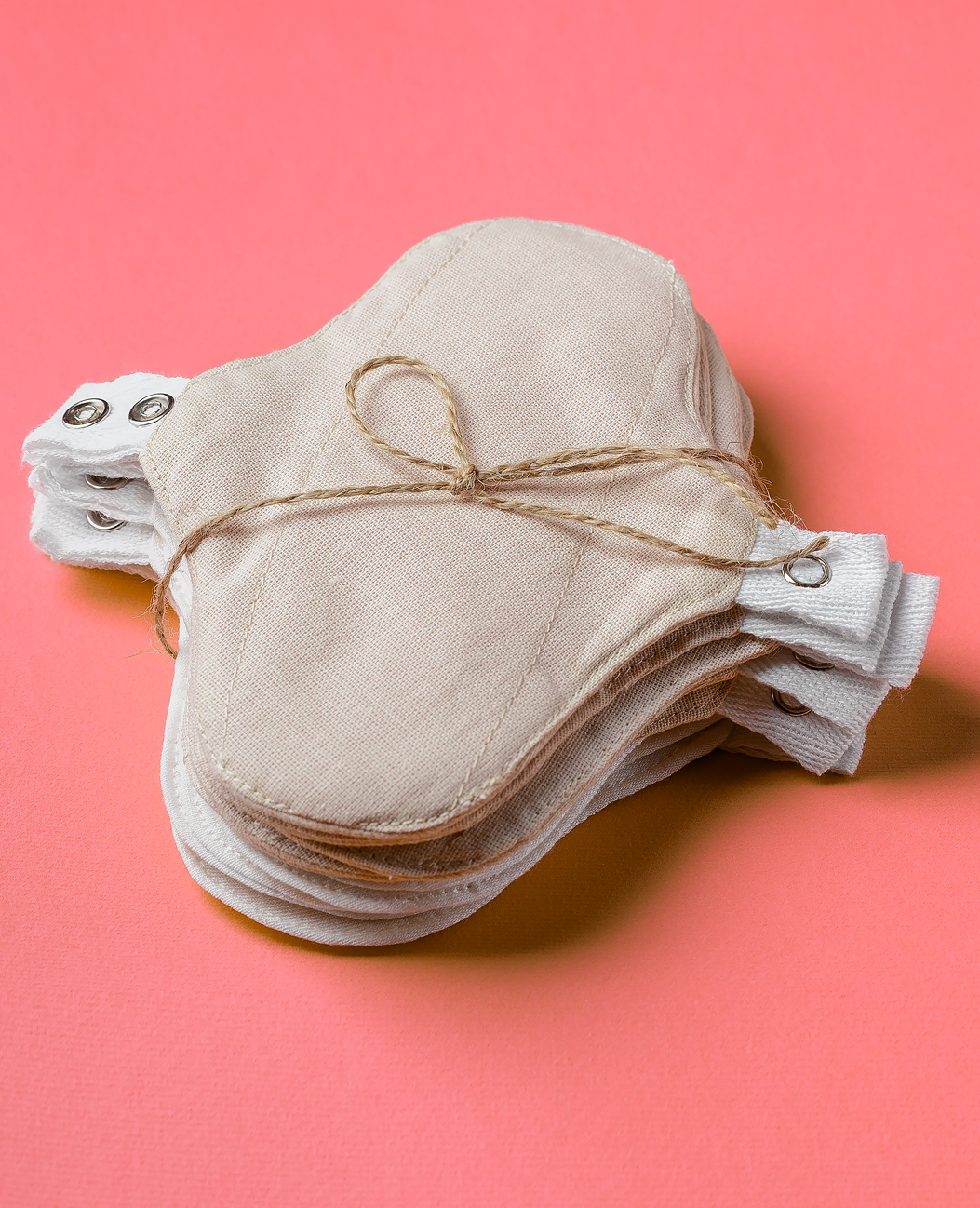
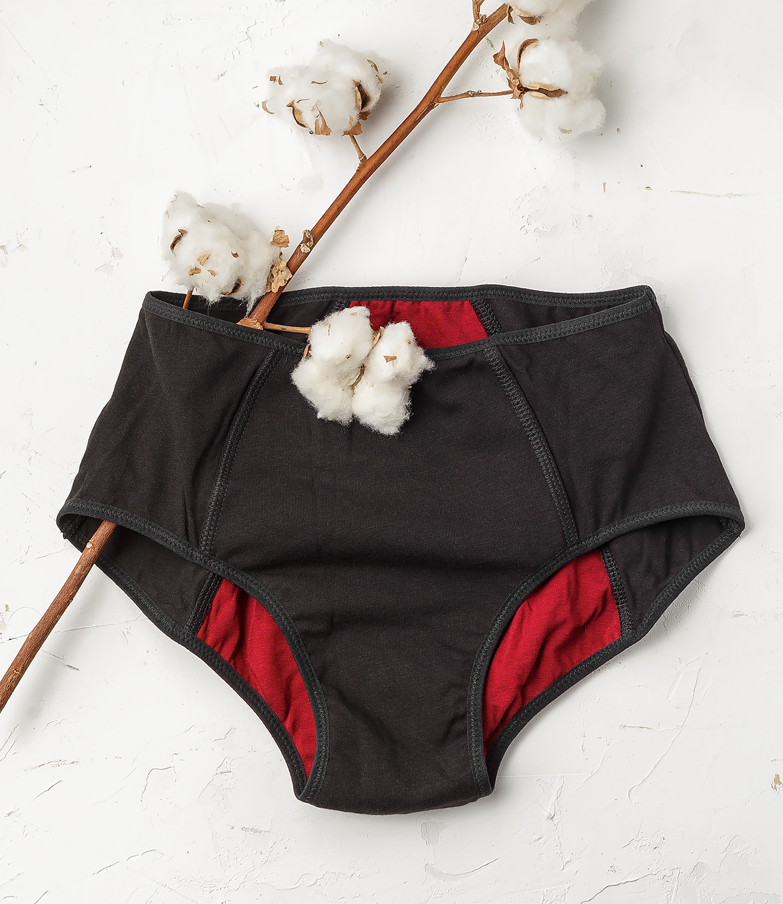
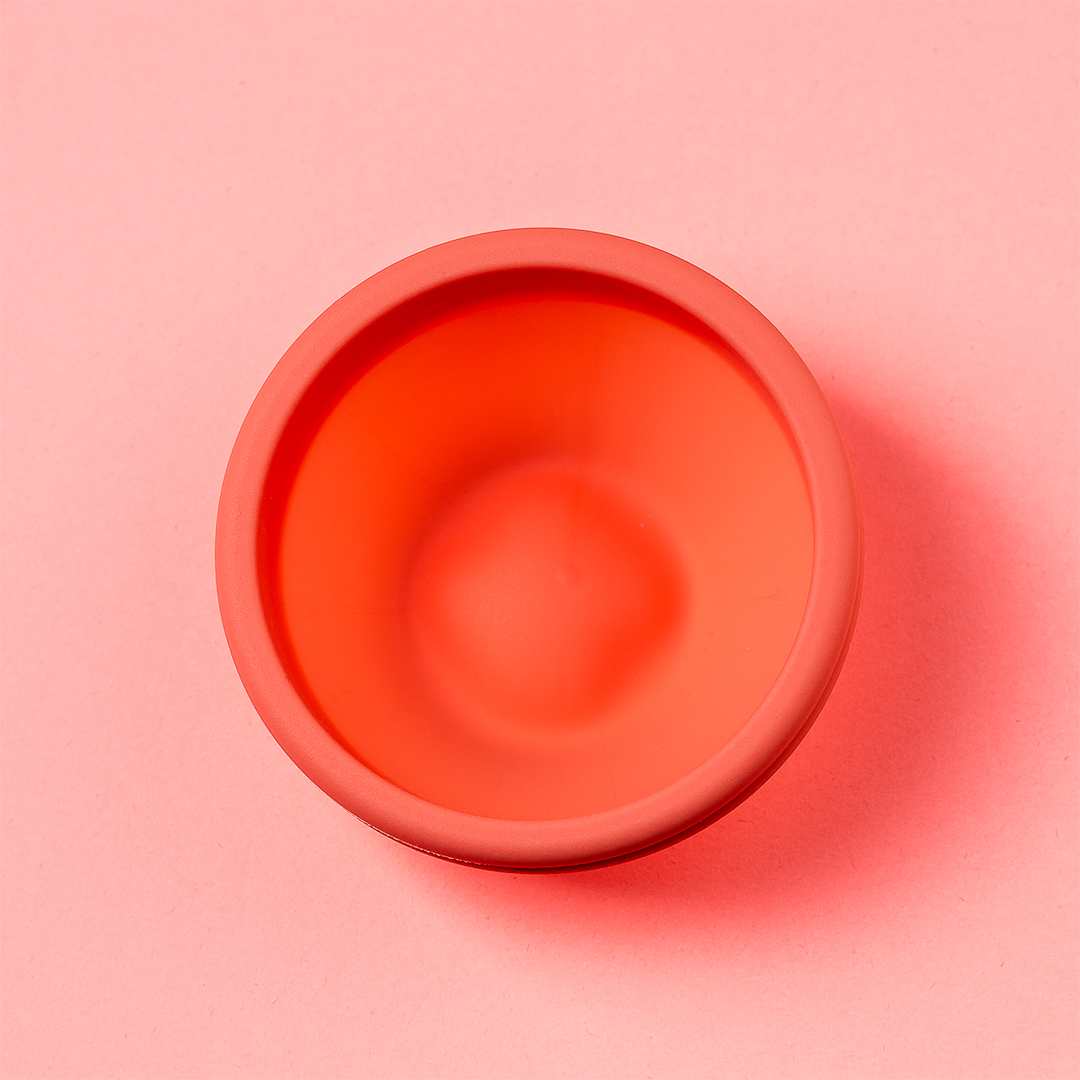
THE FACTS
Why back off from disposable feminine hygiene products?
Most conventional disposable pads are 90% plastic. It is usually polyethylene in combination with adhesives and fragrances.
Synthetic fragrances in disposable pads can contain up to 3,900 chemicals (styrole, chloromethane, chloroethane, chloroform, acetone and others).
In 28 EU countries in 2017, 50 billion units of disposable menstrual hygiene products were used, which amounts to 590,000 tons of waste per year.
The use of disposable hygiene products by a woman during one year leads to the formation of 5.3 kg of CO2 emissions per person.
Some fragrances are carcinogenic and can cause irritation, hormonal and reproductive disorders.
Disposable feminine hygiene items in EU countries are not recycled and usually end up in landfills (87%).
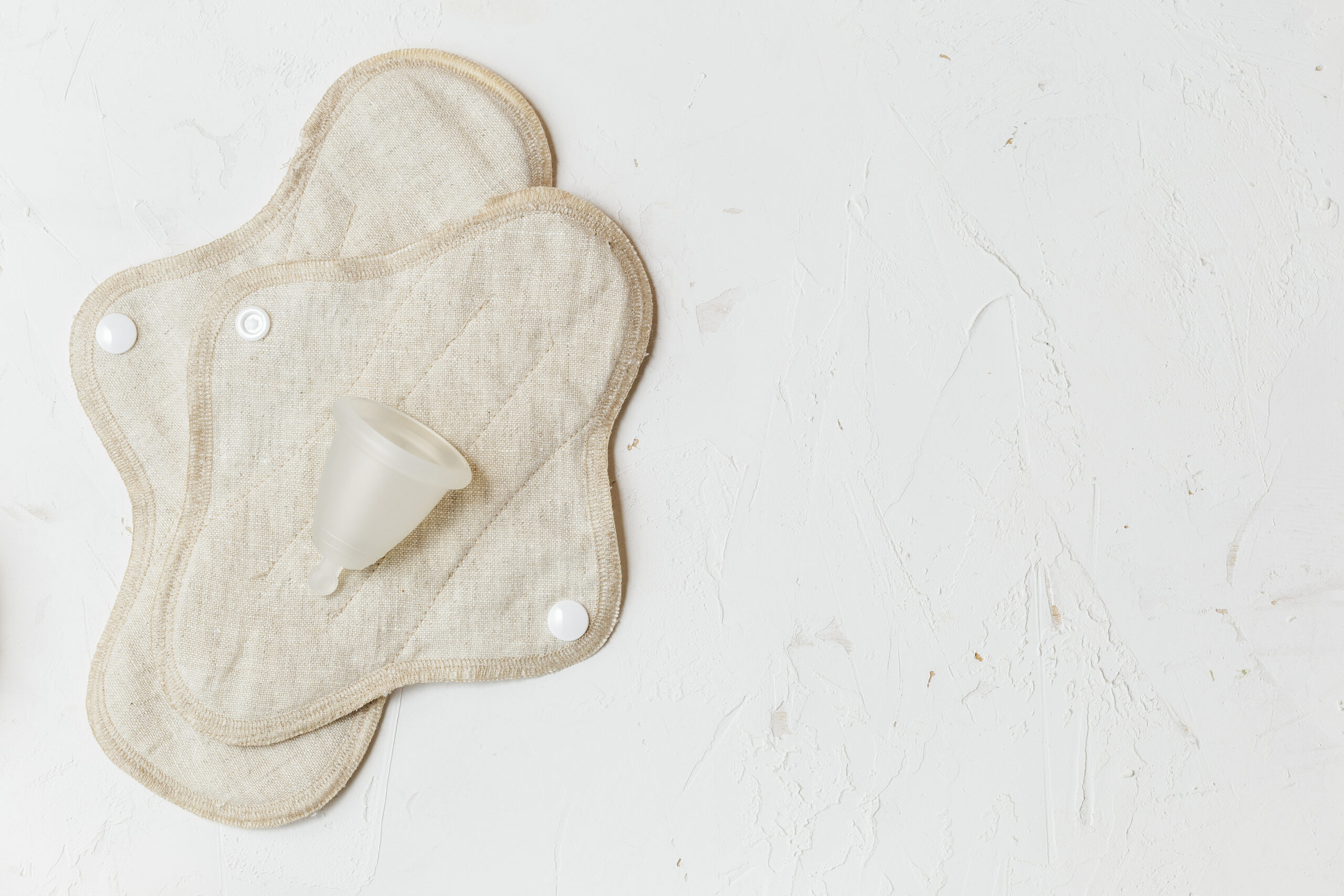
Research of disposable and reusable means of female hygiene
Here you can find a large European study on women’s hygiene items, so that all our arguments are supported by facts
Read the research
Menstrual cup use, leakage, acceptability, safety, and availability: a systematic review and meta-analysis
The world-renowned scientific journal The Lancet conducted a systematic review and meta-analysis based on English-language publications of quantitative and qualitative research on the experience of using the menstrual cup.
read the article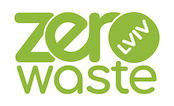

 UA
UA